We were invited to the SA ride and drive event of the all-new Honda Fit recently held in the Western Cape where were got to try out the new model first hand.
South African motorists are generally well aware of the Honda Jazz. The small hatchback had a loyal following and was loved by those who owned and drove them. Jazz was a name used for this vehicle in some markets, whereas it was known as the Fit in others. Honda SA has chosen to go with the latter to introduce the fourth generation Jazz into SA.
Follow Double Apex on Facebook and Instagram, where we share more car content.
Familiar appearance
Its name may be new, but the general proportions and look are familiar. Honda’s designers have maintained the monoform, ovoid shape of the predecessor. Exterior dimensions have remained virtually unchanged, though a slight increase in length has resulted in additional passenger room. The overall size may be nearly identical to its forebear, but the styling has received an uplift with the adoption of modern-looking headlamps and new wheel designs. The taillamps, in particular, draw a strong link between the Fit and its Ballade sibling.
Totally new inside… almost
The air of modernity conveyed by the exterior is carried into the cabin of the Honda Fit. A newly designed facia/dashboard is wide and flat, with no protrusions, not even for the instrument cluster. Along with new quarter lights and thinner A-pillars, the view out from the front seats is wide and open. It’s a clever way to make the cabin feel airier and larger than it actually is.
Honda has, thankfully, retained the innovative folding rear seats. These fold down to turn the rear of the cabin into a van-like storage area with up to 1 210 litres of volume (a max of 309 is available with the seats in place). The rear chairs can also fold up to store taller items, from the rear footwell to the roof lining. These multiple configurations make the Honda Fit quite versatile and practical.
Two powertrains
There are two powertrain options on offer to local buyers. The first is an option that will already be known to Honda fans. It is a 1,5-litre i-VTEC petrol engine that produces 89 kW and 145 N.m of torque. It is the very same engine as found in the latest Honda Ballade.
More interesting is the other power unit alternative that is found in the range-leading derivative. It is a hybrid powertrain that was newly developed for the Honda Fit. This system mates two compact, electric motors with the 1,5-litre petrol engine. Total system output is 80 kW with peak torque of 253 N.m on tap. Honda claims a combined cycle fuel economy figure of just 3,7L/100 km. Incidentally, this is the cheapest hybrid car available on the SA new car market today.
On the move
We had first hand experience of both Honda Fit engine derivatives in the midst of a soggy Cape winter’s day. The ‘regular’ version has a high degree of comfort with great noise insulation and, for a small car, imparts a sense of confidence to the driver even in poor road conditions. The V-TEC engine is willing to rev, and rev it does.
Honda has opted for a CVT as the only transmission choice. This is not our favourite option as far as transmissions go due to their ‘clutch-slip’ feel. If you need more speed engine revs just rise without any discernible steps in power. We would have preferred if Honda retained the older CVT with the option of driver-controlled shifts. Having said that, most typical Honda drivers are unlikely to be fazed.
Electrified
The hybrid version was the more interesting proposition. This engine, effectively, has no transmission/gearbox. The petrol engine is used to generate electricity that feeds a drive motor. When more power is required ie at really high speeds, the petrol engine couples with the electric drive motor via clutch to drive the wheels.
This system is, obviously, set up for conservative driving and it will excel at lower speeds. Much of our route through the Cape Winelands consisted of open flowing roads with little traffic, not ideal for a hybrid city car. We didn’t get close to the claimed figure of 3,7L/100 km. Our best efforts with a light foot netted a best of 5,0L/100 km, some 35 per cent off the claim. We are pretty sure an urban scenario will provide a better indication of its efficiency.
Summary
Many automakers do not produce vehicles in SA, which means that they do earn credits to offset import duties. Honda finds itself in the very same boat, which reflects in the pricing of the Honda Fit range, particularly the hybrid version that is closing on half a million rand. Having said that, new car prices across the board have escalated in the last few years. Should you need a small hatch, with a high quality interior, good ride comfort and one that is practical, the new Honda Fits (sorry, we had to) the brief to a tee.
Honda Fit pricing
Comfort CVT R319 900
Elegance CVT R359 900
Executive CVT R389 900
e-CVT Hybrid R469 900

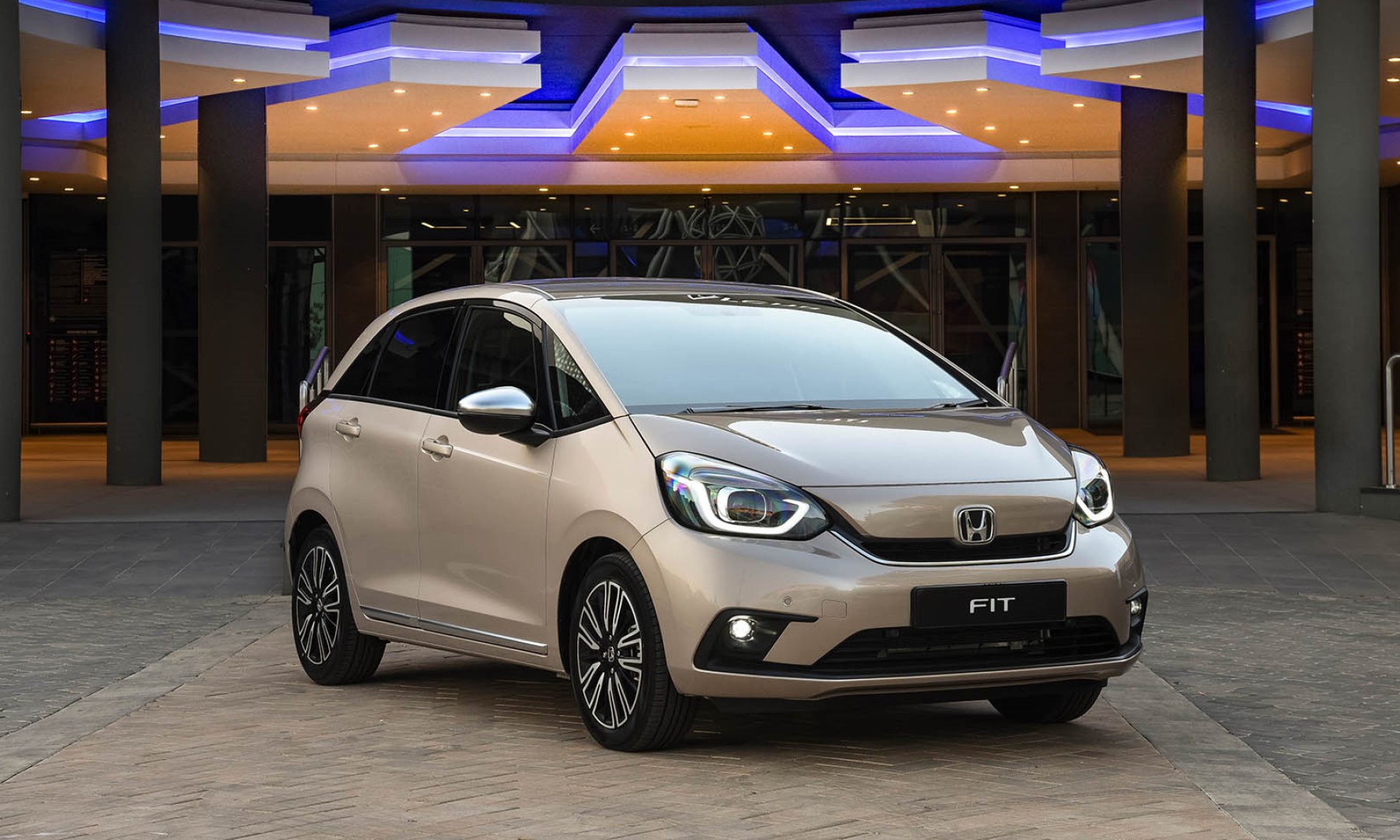
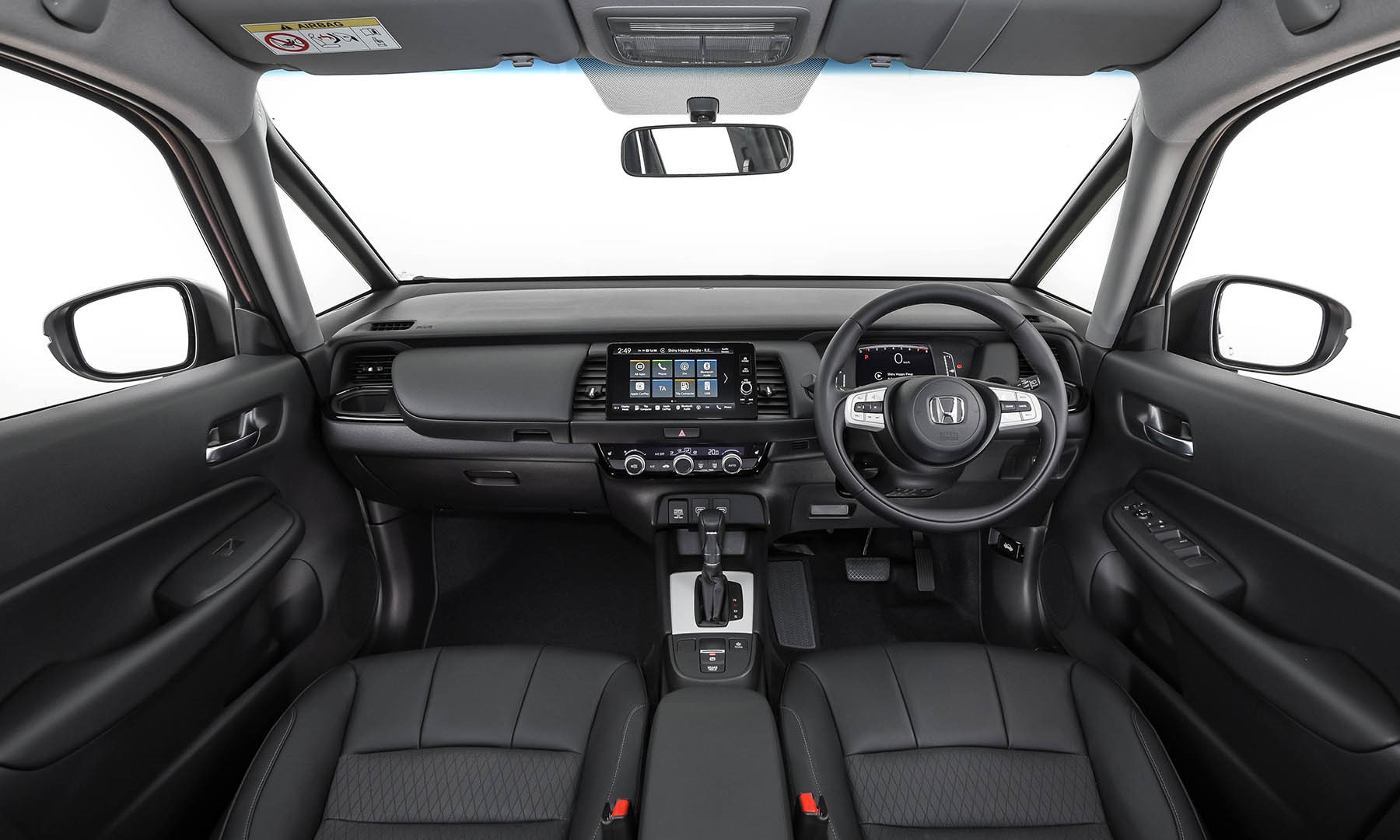
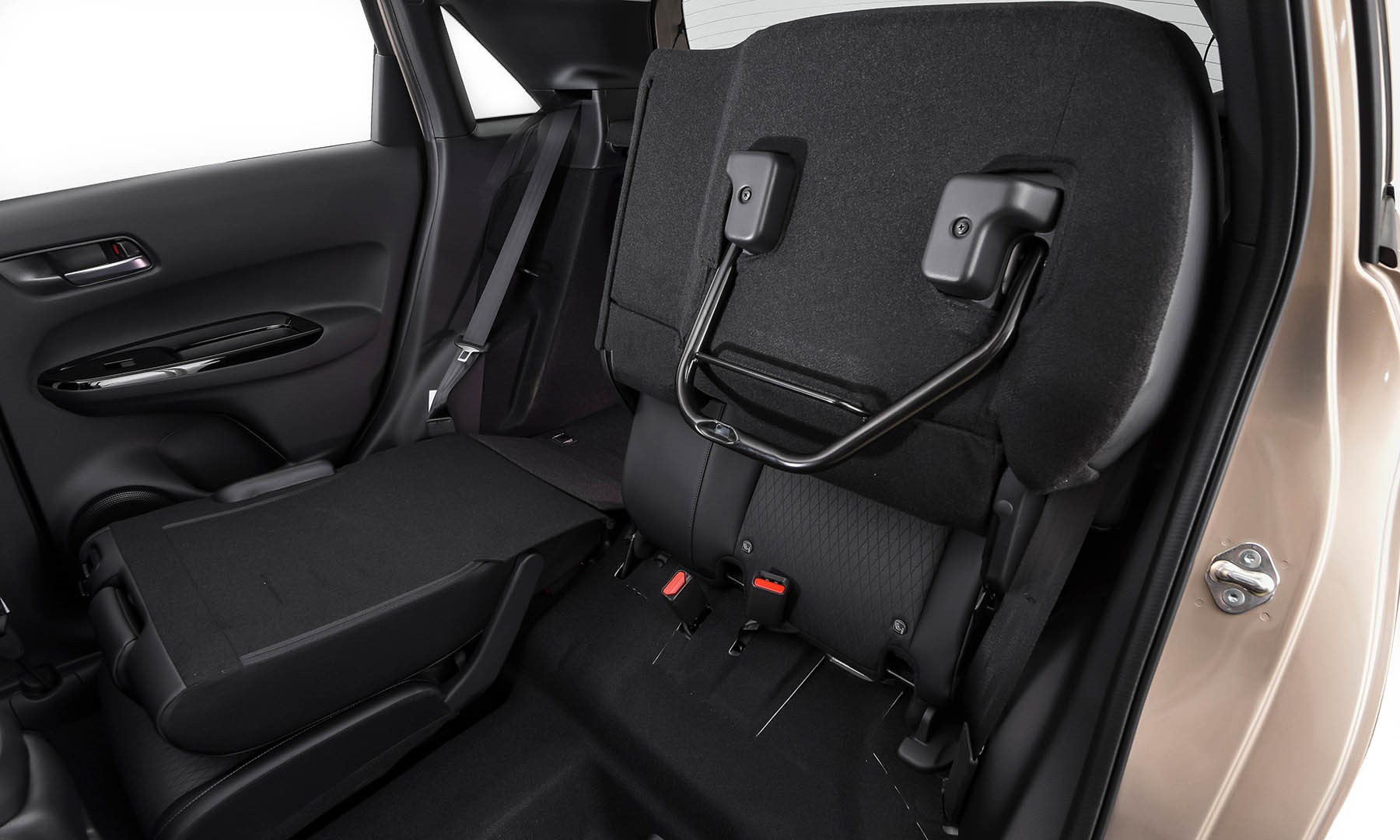
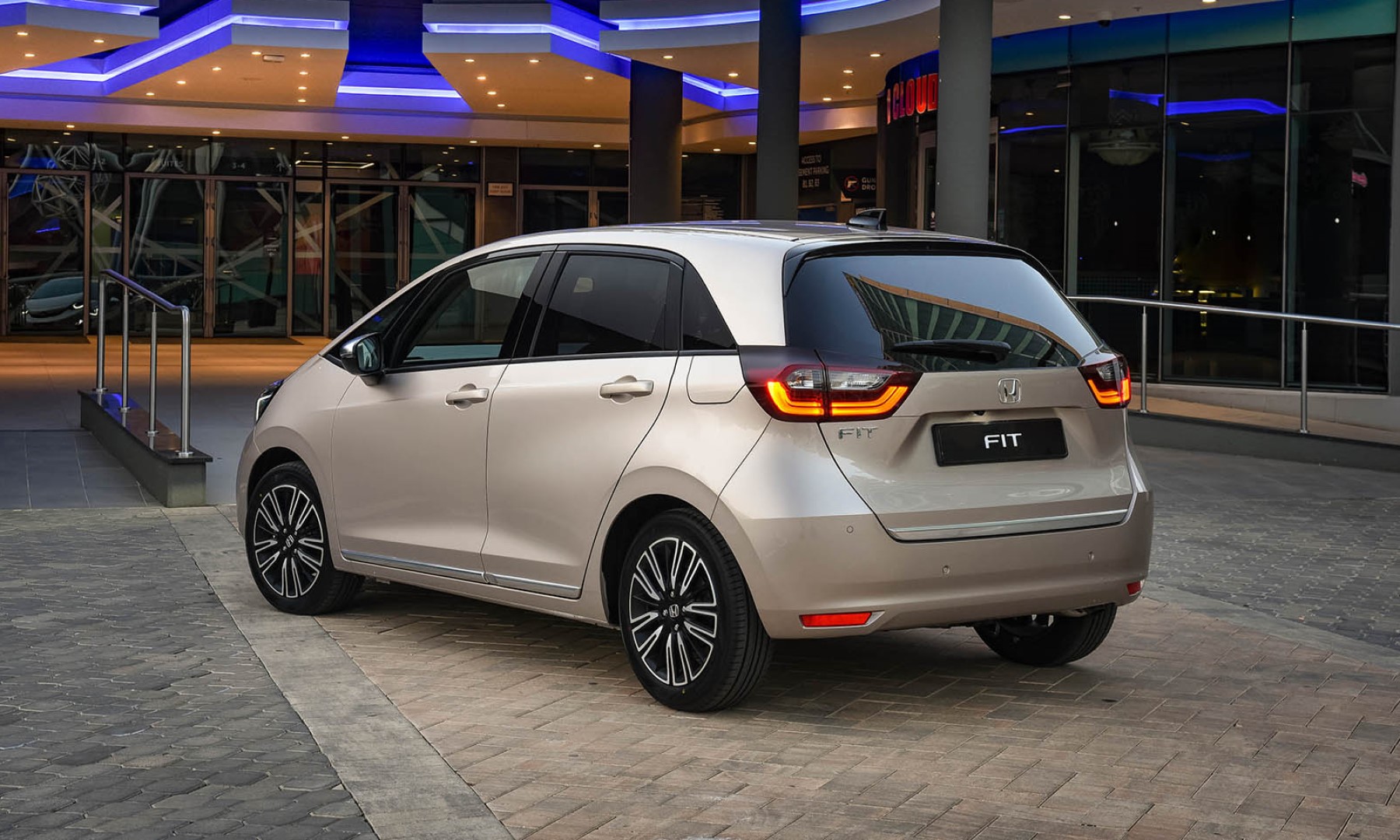
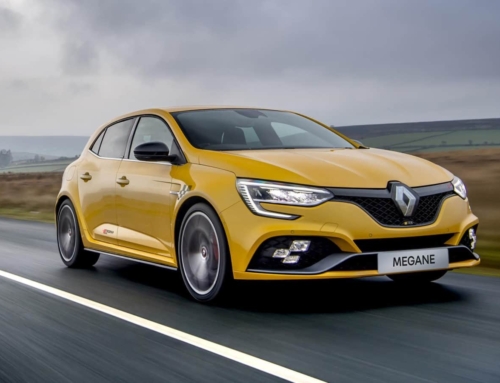


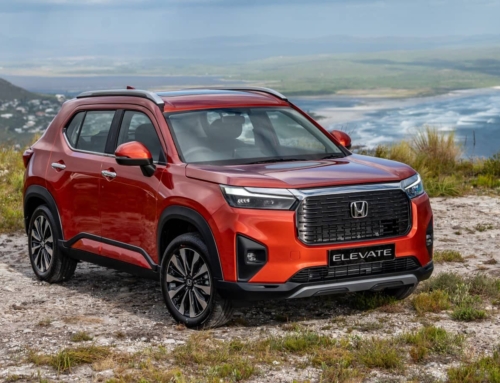
Leave A Comment